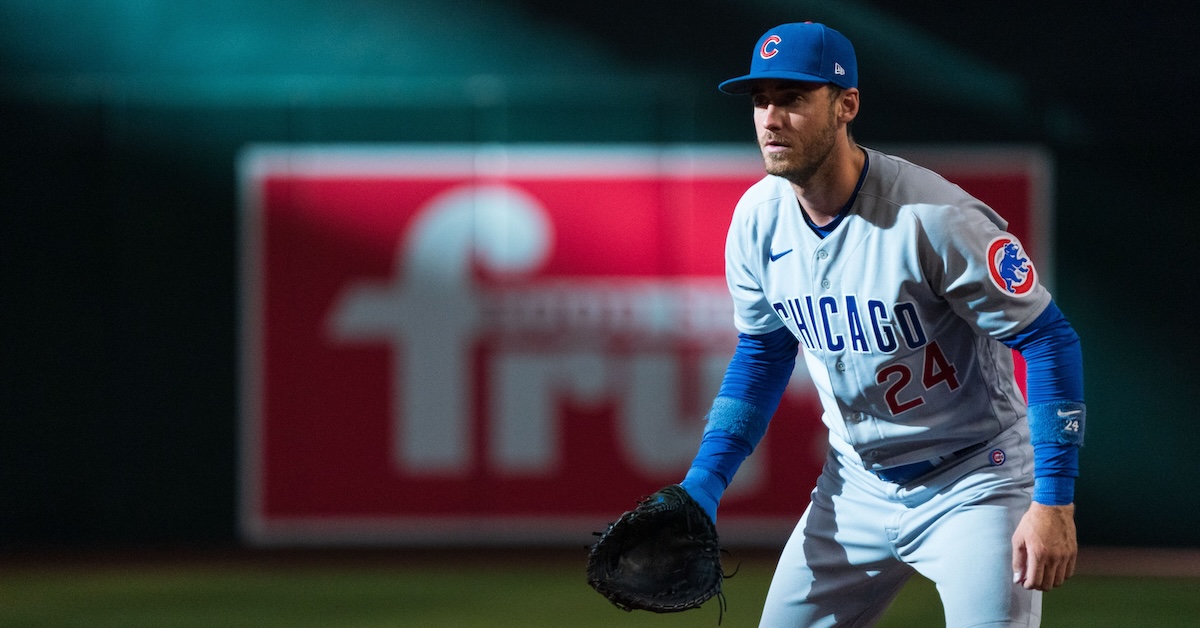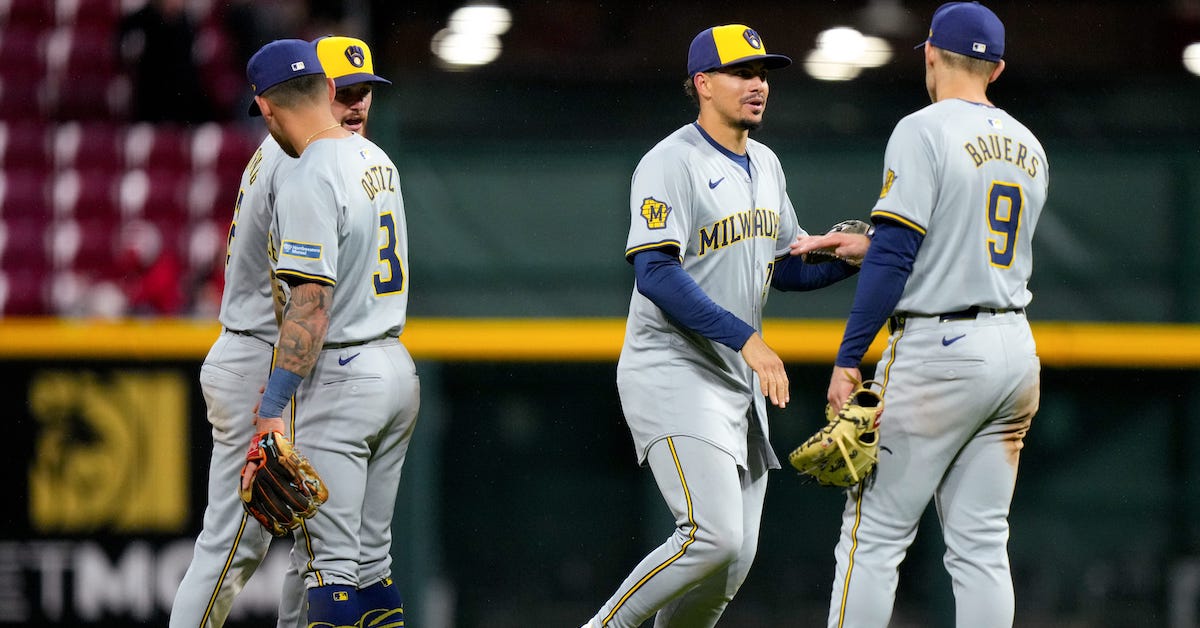Top of the Order: Injuries to Snell and Bello Put Their Teams in a Bind

Welcome back to Top of the Order, where every Monday, Wednesday, and Friday, I’ll be starting your baseball day with some news, notes, and thoughts about the game we love.
Blake Snell’s Giants tenure couldn’t be going much worse. In three starts spanning just 11.2 innings, he’s allowed 15 runs — nearly a third of last year’s total in only 6.5% of the innings — with a hard-hit rate that’s up nearly six percentage points from last year. Some of his woes can be attributed to small samples and bad luck — his 11.57 ERA is much higher than his 4.05 xERA — but this clearly isn’t how he and San Francisco drew it up. And that was before news broke Wednesday that the Giants were placing Snell on the 15-day injured list with an adductor muscle strain in his groin area. He has dealt with this injury twice before in his career, though he doesn’t seem worried that it’ll a long-term issue:
Snell had the same injury in 21 and 22, says he caught it early and is hopeful he misses minimal time. Maybe just slightly more than the 15 day minimum.
— Susan Slusser (@susanslusser) April 24, 2024
After his disappointing free agency, Snell could at least look forward to the possibility that he’d earn $32 million this year and pitch well enough to opt out and seek a more lucrative deal after the season. But now that he is going to miss at least three starts, following his three clunkers, it appears unlikely that he’ll be in a position to risk the $30 million he’s set to make next year if he stays.
The more immediate concern for the Giants, though, is how they’ll fill Snell’s spot in the rotation. Logan Webb is on a roll (29 innings in his last four starts, with just three runs allowed), and Jordan Hicks is pitching quite nicely, with a 1.61 ERA in five starts. Keaton Winn (3.54 ERA) is also chipping in on the back end, and while top prospect Kyle Harrison has struggled to a 5.00 ERA so far, there’s certainly room for him to get better. The fifth spot, however, looks like something of a mess.
The Giants had hoped Alex Cobb would be in the rotation by now after he recovered from hip surgery more quickly than expected, but he strained his elbow as he ramped up and was transferred to the 60-day IL instead. That leaves the Giants with two options: go with bullpen games, as they did in a pinch on Wednesday when Snell was scratched, or bring up someone from Triple-A. The latter feels far more likely, especially with Mason Black (1.53 ERA in four starts) pitching very well with Sacramento. Black hasn’t thrown more than five innings or 70 pitches in a start this year, so he won’t exactly take the load off San Francisco relievers, who have the second-highest bullpen ERA in the majors. Still, promoting Black appears to be the best way through this unfortunate situation.
…
On the opposite coast, the Red Sox placed Opening Day starter Brayan Bello on the IL with lat tightness, joining fellow starters Lucas Giolito, Nick Pivetta, and Garrett Whitlock. As with Snell’s injury, Bello seems to have avoided serious injury, but in the best division in baseball, Boston can hardly afford to miss its no. 1 starter for even the minimum 15 days.
Rather amazingly, despite all those injuries, the Red Sox have the lowest ERA and FIP in the majors, with Kutter Crawford leading the way with a 0.66 ERA (two earned runs in 27.1 innings) that’s backed up by an also excellent 2.28 FIP. Tanner Houck (1.65 ERA/2.24 FIP) has become indispensable as well.
But things get dicey after that. The rest of the rotation now consists of Cooper Criswell, Josh Winckowski, and Chase Anderson, and because the latter two opened the season as relievers and aren’t stretched out to start just yet, their outings have turned into bullpen games.
This creates an awfully precarious position for the Red Sox bullpen, which has performed well thus far but doesn’t have the depth to cover an extended workload. Boston has already tapped into its pitching pipeline by calling up Criswell, and none of its other Triple-A pitchers are performing well enough to warrant a promotion to the majors. Moving Winckowski and Anderson to the rotation, then, has the compounding effect of weakening the bullpen, especially since Winckowski had pitched in high leverage situations.
Checking in on Wyatt Langford
Things certainly haven’t been rosy for Rangers rookie Wyatt Langford, who is batting .253/.337/.308 (89 wRC+) with no home runs across 104 plate appearances.
The 22-year-old has excellent raw power but just hasn’t tapped into it in the majors yet. His average exit velocity and hard-hit rate are both well below league average, with his barrel and sweet spot rates just barely above it.
It’s not all bad for Langford; he has elite speed that’s allowed him to beat out some infield hits, and his swing decisions are generally good, with chase and contact rates both well better than major league averages. But having great plate discipline can sometimes handcuff batters when they’re scuffling, and that seems to be the case with Langford. He’s talking too many pitches over the heart of the plate.

Pitch selectivity is a skill that depends just as much on swinging at the right pitches as it does laying off the wrong ones. A hitter may not get his ideal pitch during an entire game, let alone a single plate appearance, and taking too many hittable pitches leads to a lot of pitcher’s counts. It appears Langford would be much better off swinging more and using his quick hands and raw talent to make the most out of the pitches he gets over the plate rather than waiting around for the best possible one.










